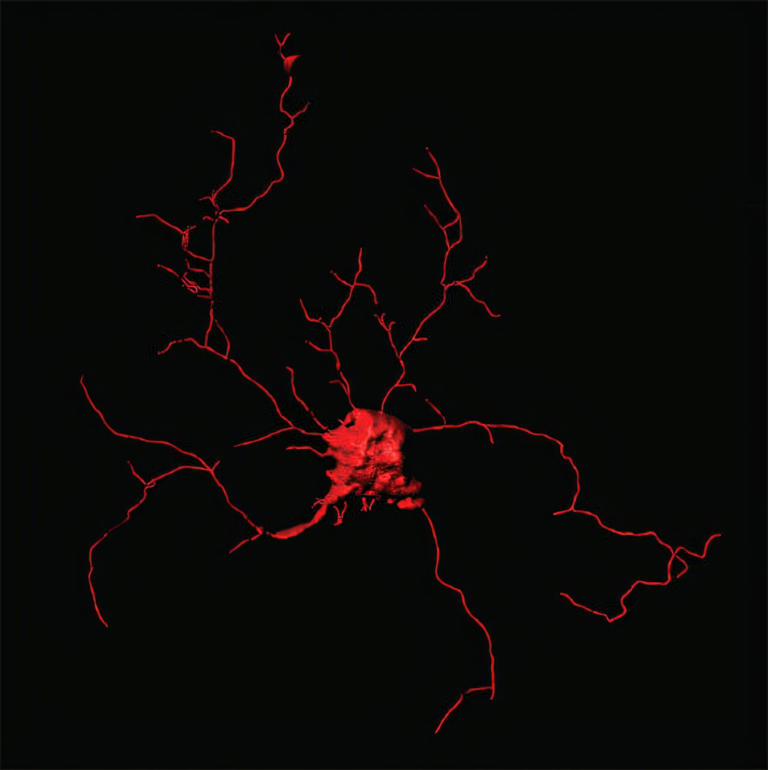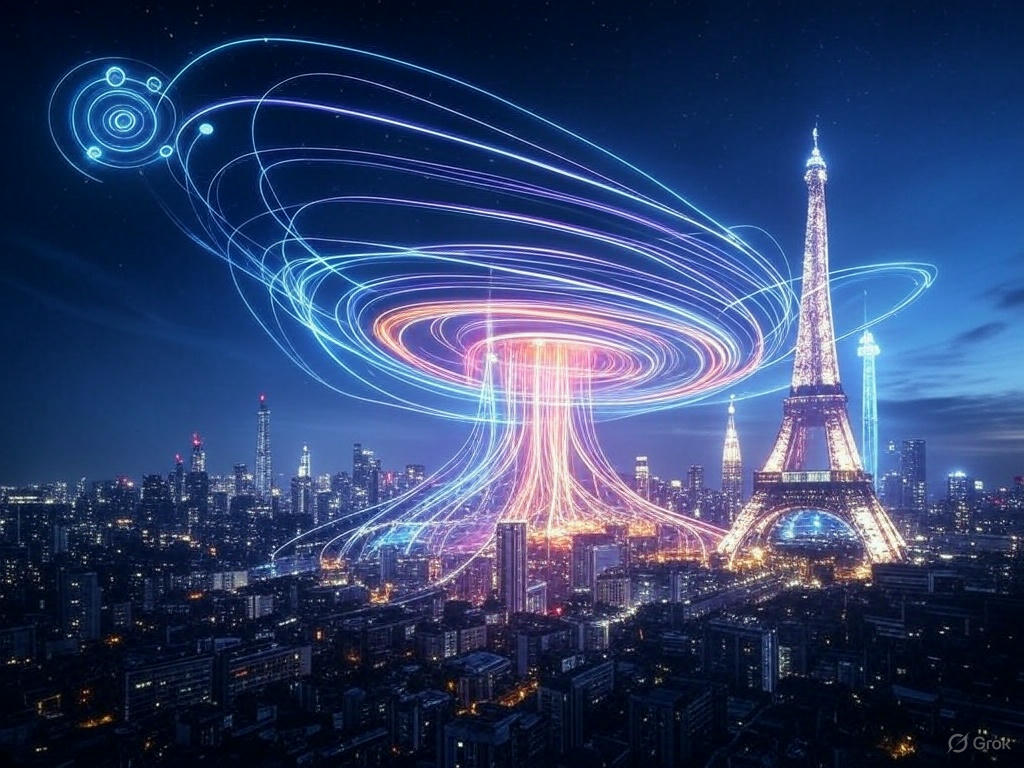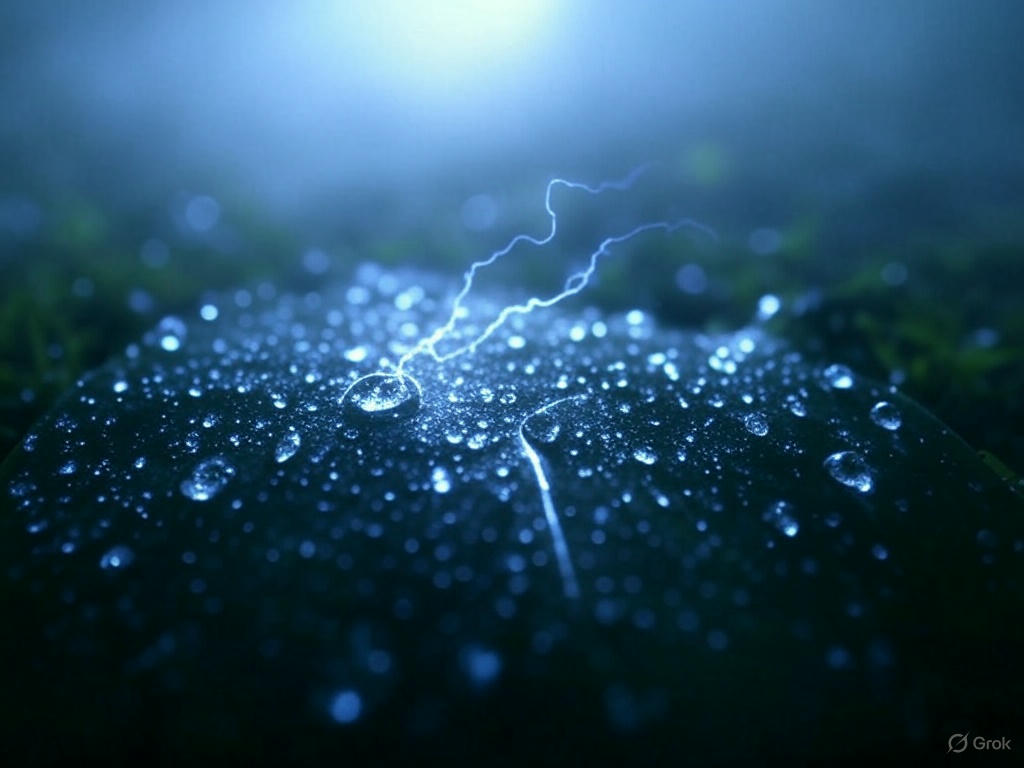Brain Cells Are More Plastic Than Previously Thought, Groundbreaking Study Reveals
Neurons are the cells in the brain responsible for sending messages to the rest of the body, and scientists have long thought that they are settled into one subtype once they develop from stem cells, no matter what is happening in the environment around them.
New research from the Braingeneers, a collaborative group of researchers from UC Santa Cruz and UC San Francisco, reveals that this traditional way of thinking about the fate of neurons may not be true.




